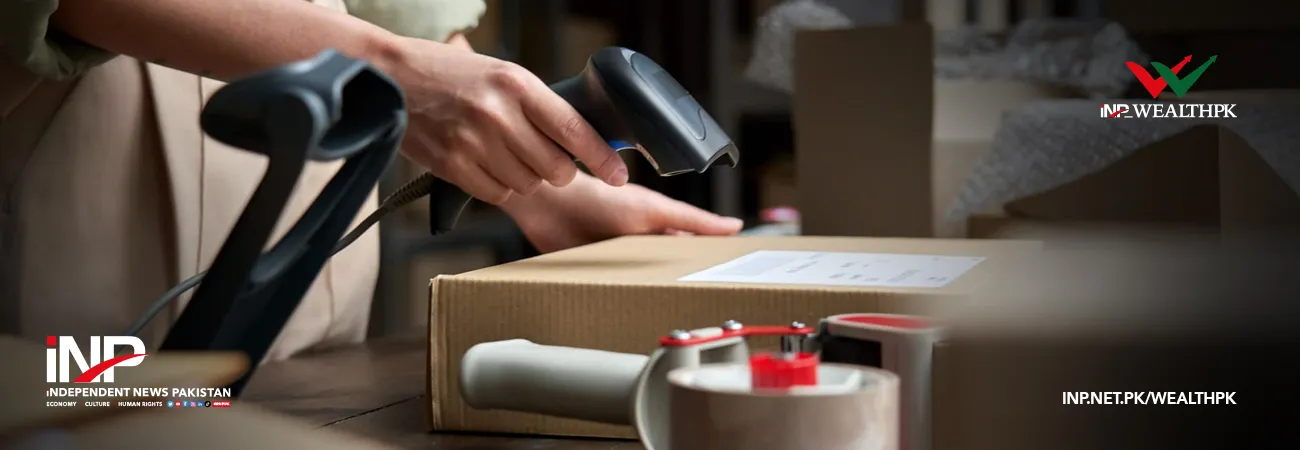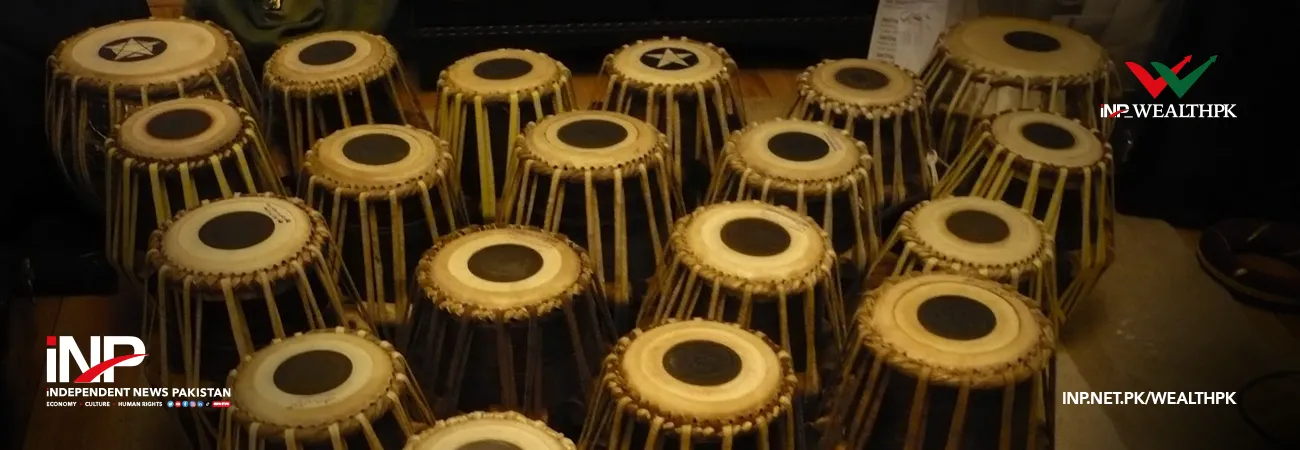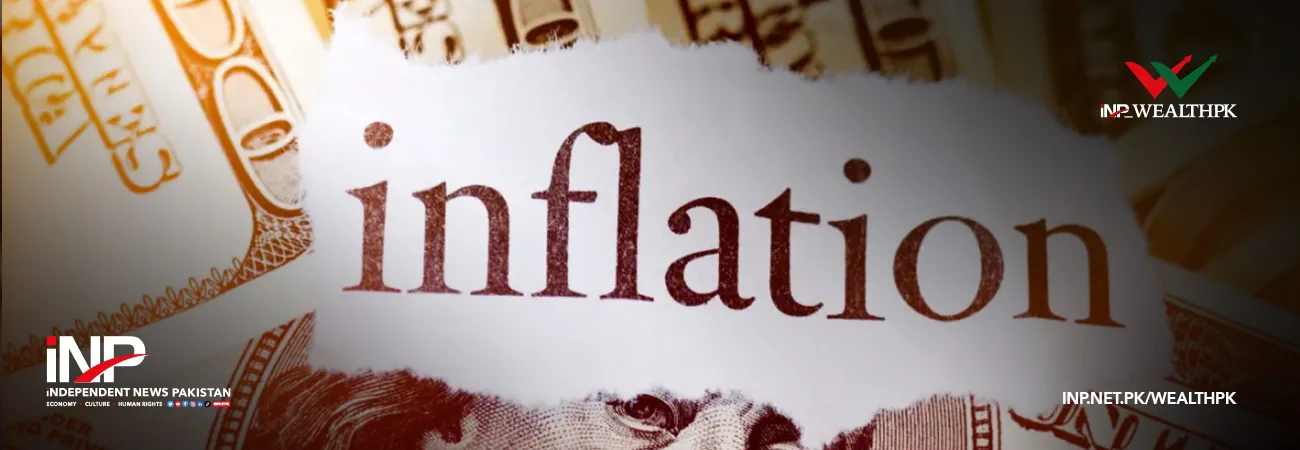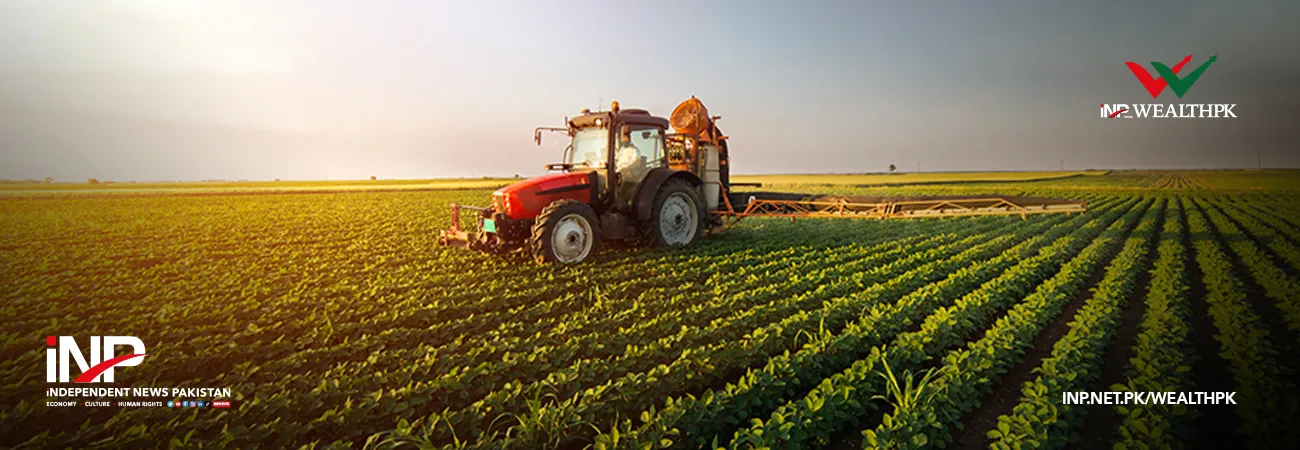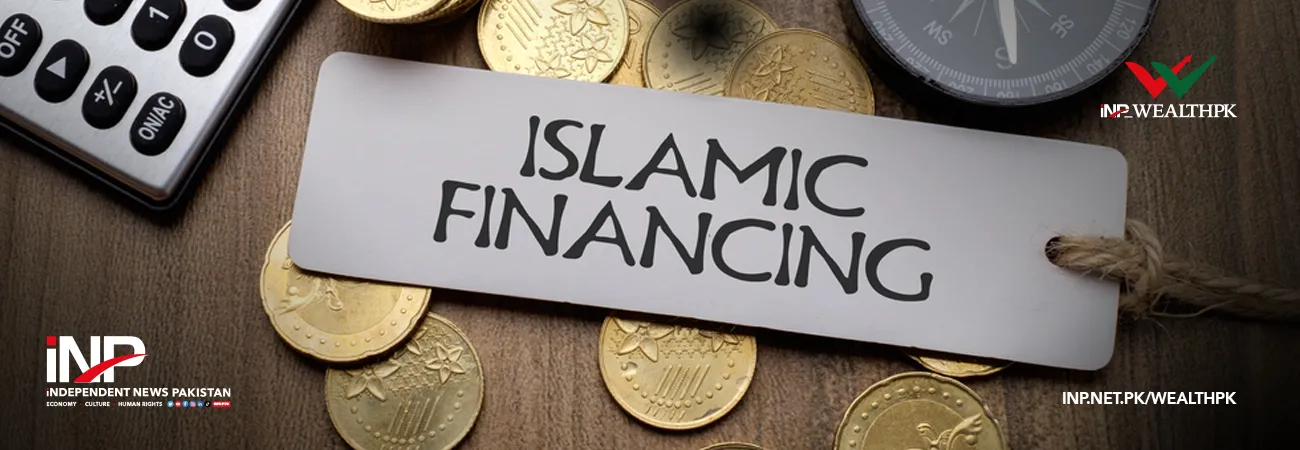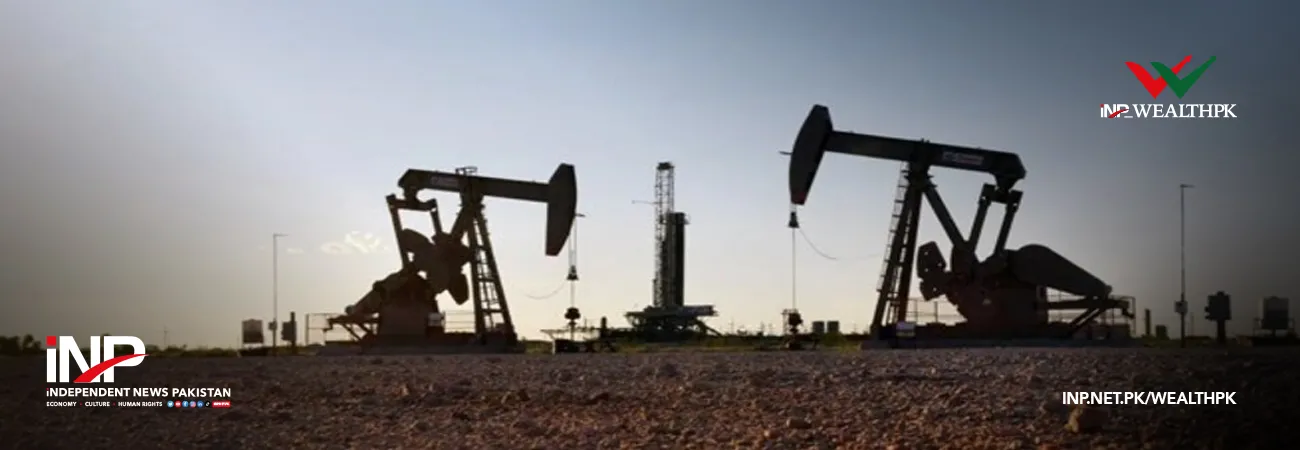آئی این پی ویلتھ پی کے
Ayesha Saba
Experts emphasise that Pakistan cannot achieve its full economic potential unless it actively integrates women into its economic fabric. They highlight that female workforce participation in Pakistan remains alarmingly low, largely due to insufficient focus on developing female human capital and addressing systemic barriers.

Speaking to WealthPK, Aliya Imran, economic policy analyst and gender specialist at UNDP, said the country’s existing gender disparities in education, healthcare and employment hinder its economic growth. “Investments in female education and skill development are particularly critical.” “While Pakistan has made progress in some areas, such as improved access to education and microfinance for women, the overall female labour force participation rate remains the lowest in South Asia,” she said. Aliya suggested that gender-responsive budgeting could address these disparities by ensuring that public spending prioritises the sectors that directly benefit women, such as health, education and social protection.
She described Pakistan’s economy as predominantly agrarian, with a significant share of the labour force engaged in informal or casual work. “This trend is particularly prominent among women, who often work in agriculture, livestock, textiles, or home-based activities. However, these informal jobs typically lack regulatory oversight, job security and fair wages, leaving women economically vulnerable.” “A crucial step toward increasing female workforce participation involves the formalisation of informal jobs,” she stressed. “This means bringing informal sector employment under regulatory frameworks, providing job security, and ensuring that workers, particularly women, receive fair compensation for their contributions.”
Meanwhile, an official of the Ministry of Planning, Development and Special Initiatives, who wished to remain anonymous, told WealthPK that Pakistan’s low women workforce participation was contrary to global trends. “The world average gap between male and female labour force participation rates has been declining as countries empower women through better-paid employment and recognise their contribution to economic growth and prosperity,” the official explained. “To address this gap, the Planning Commission has established a gender unit.
This initiative ensures that all development projects align with gender-responsive principles, and mandates the inclusion of women’s interests before approval,” the official said, emphasising that this policy is a step toward creating a more inclusive economic environment. The Global Gender Gap Report 2024 ranked Pakistan second last, 145 out of 146 countries. It has an index of 0.57, which reflects a stark gender gap. The index annually benchmarks the state and evolution of gender parity across four key dimensions, i.e., economic participation and opportunity, educational attainment, health and survival, and political empowerment. The top five countries regarding gender parity are Iceland, Finland, Norway, New Zealand and Sweden.
Credit: INP-WealthPk



